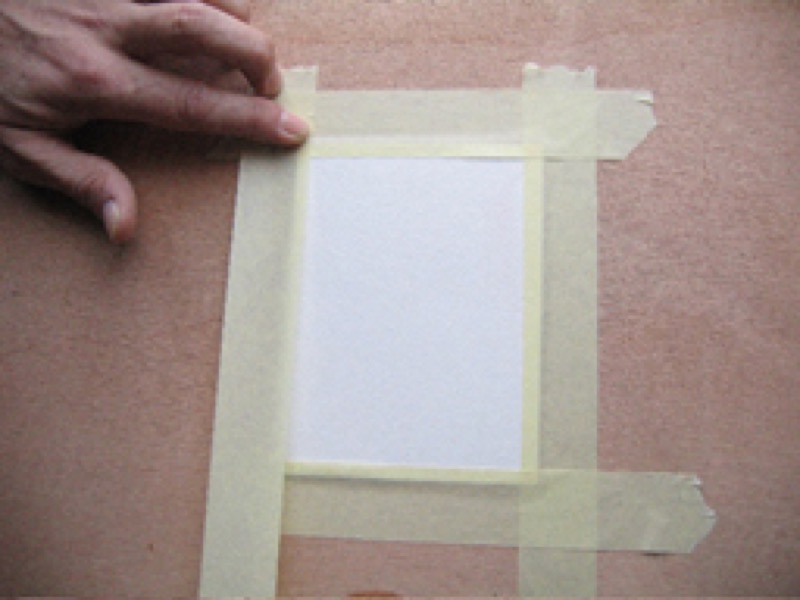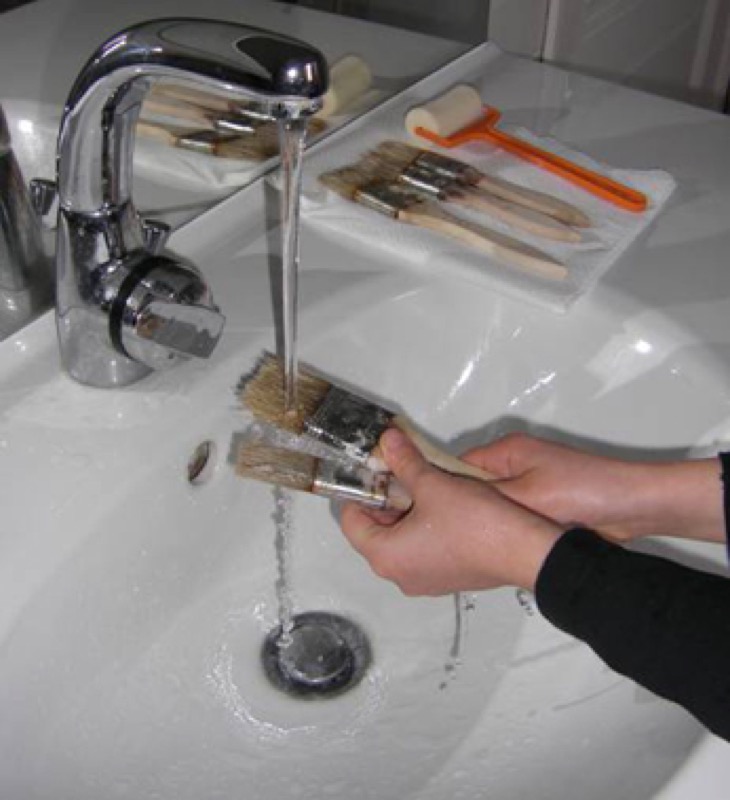Creating first and foremost calls for being methodical… and working with dry media requires impeccable cleanliness without fail. Acquiring the right gestures will give you a leg up!

Before starting to work
Preparing the paper.
Thin paper can crumple, and even the thickest paper can shift at the wrong time. Attach your sheet of paper to a drawing board with clips or masking tape. Tape has the advantage of imposing straight edges… and protecting them while working.
When you use thin paper: stack several sheets together to keep your work away from the grain of the wood.
If you are using a wet technique, you should stretch the paper first. Moisten both sides of the sponge, then attach the sheet of paper to the drawing board with strips of adhesive Kraft paper.
When you've finished working
The more you use media, the more you need to take scrupulous care of your material.
Protect your dry media
Wipe off pastels and chalk with a soft rag; lint free, if you are using oil pastels. Store them in a compartmentalized box or, failing that, in a box filled with grains of rice.
Store your crumbly, messy sticks of charcoal together in a metal case.
Tip: For immaculate erasers
- Vigorously rub classical erasers on cotton fabric.
- Knead kneading erasers to bury the residue of drawing material deep within. Change them as soon as they are saturated.

Wipe off powdery surfaces
Using dry media requires a full range of rags; to remove residue, shake them out far away from your material.
Carefully wipe off any surfaces likely to retain particles, especially the edges of your drawing board.
Remove any tough marks with an eraser.
Clean your tools: don't put it off!
Even though you can get rid of unwelcome residue, you're better of cleaning your palettes, pens and paintbrushes before drying them. Use the right method for your medium.
Water or artist's soap for watercolors, gouache, ink and diluted dry media.
Turpentine or white spirit for oils.
With products especially designed for acrylics, which become indelible when dry.
Tip: Make your pens sparkle
Some inks dry very fast, so you may need to clean your pens while working. If stubborn traces remain anyhow, try a window-cleaning product, a razor blade or… your saliva. Guaranteed success!
Saving your work
Do you work in a dry medium? When you finish working, store your current work lying down flat, in a portfolio, between two sheets of tracing, parchment or glazed paper. This will prevent any loss of media.
Have you finished your piece? You may want to use a fixative. However, it will dull pastels shades, which is why some artists prefer not to fix theirs. Preserve your works under glass.
Recommended product:
XL® Fluid Mixed Media
See also :
Mixed media
Mix media: Basic concepts
